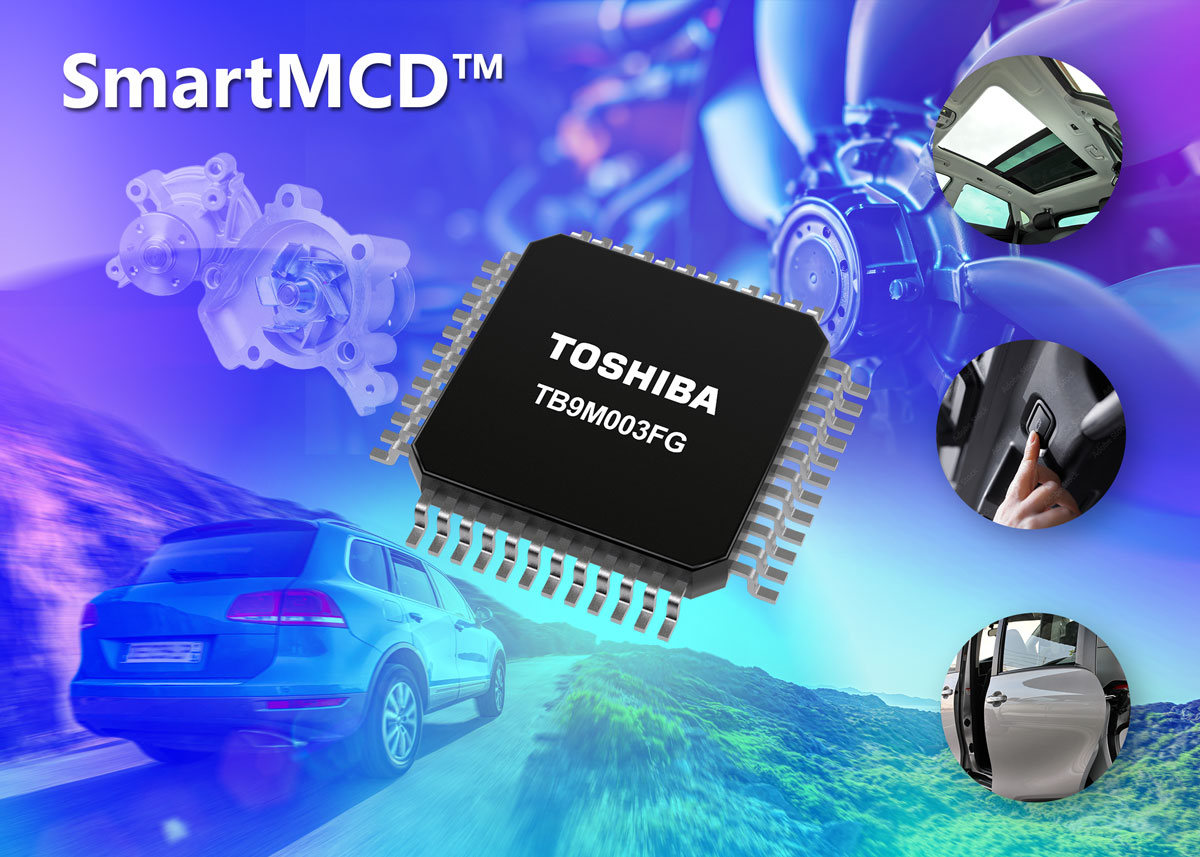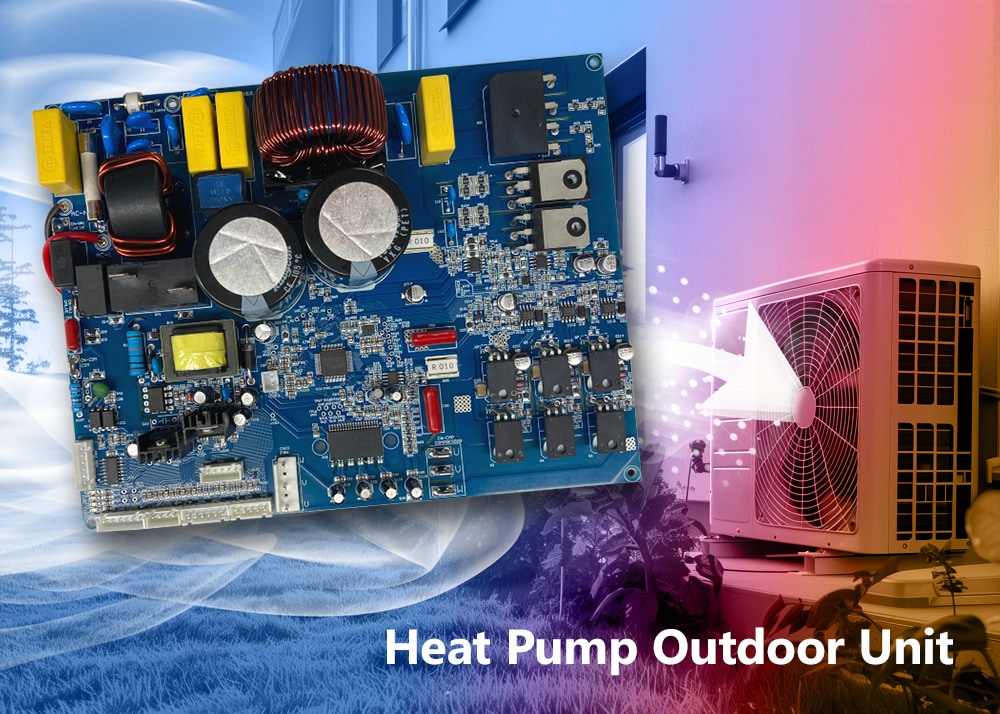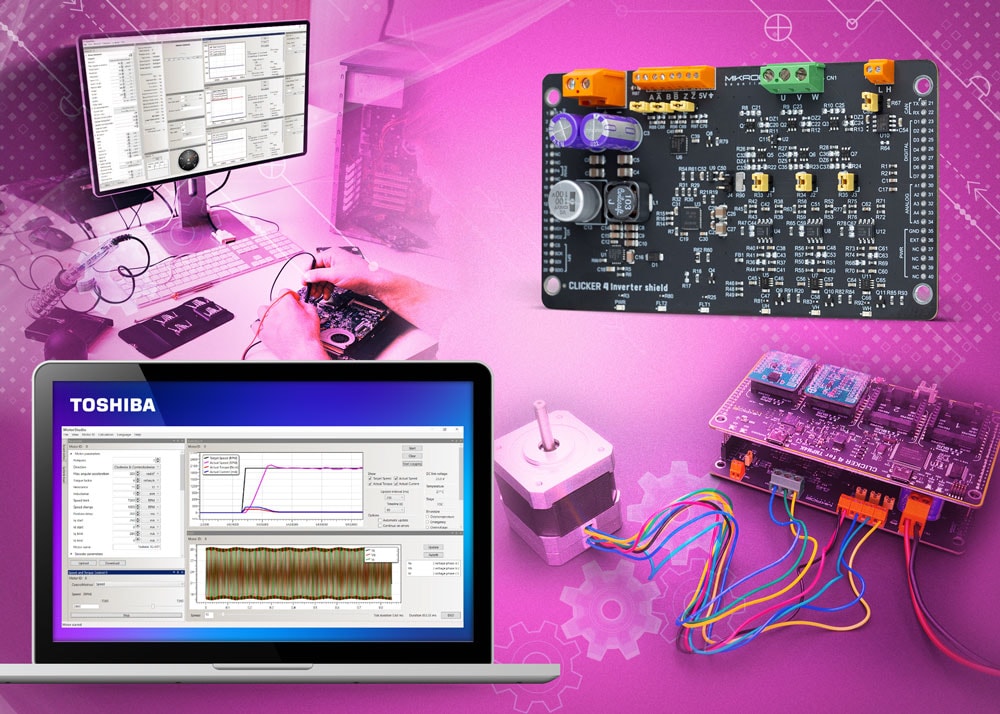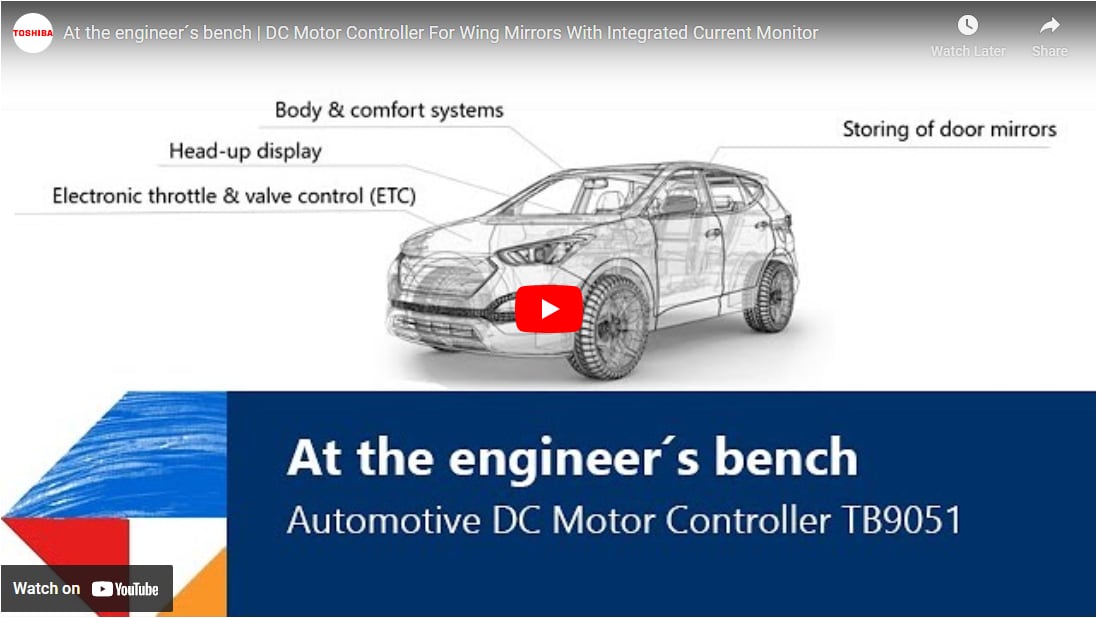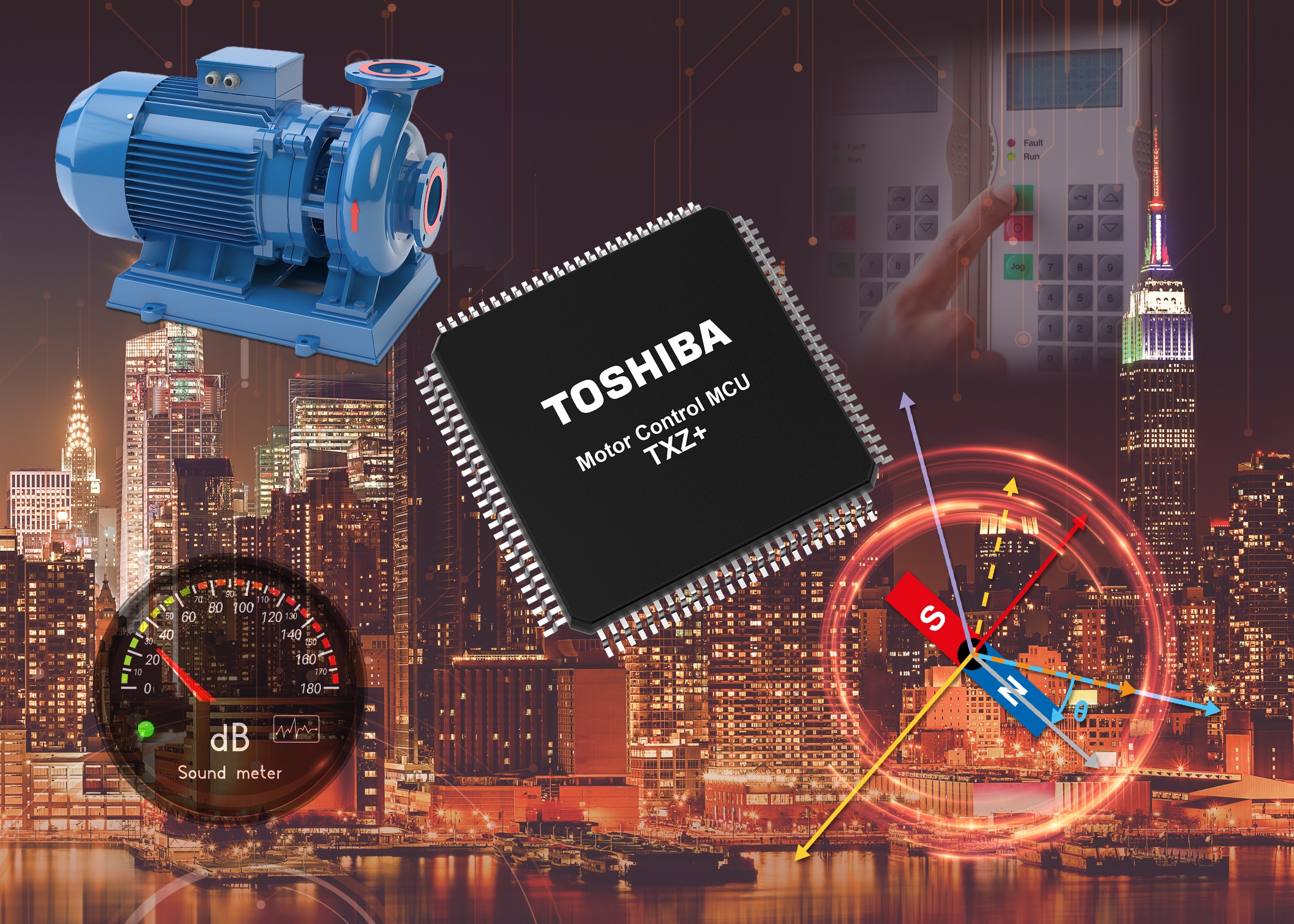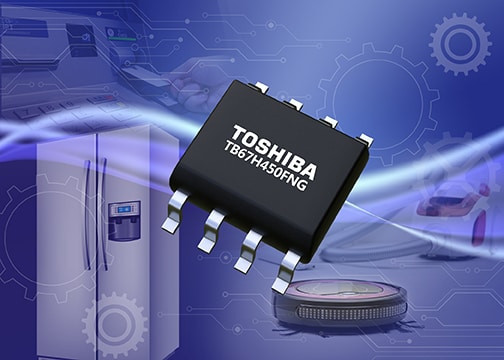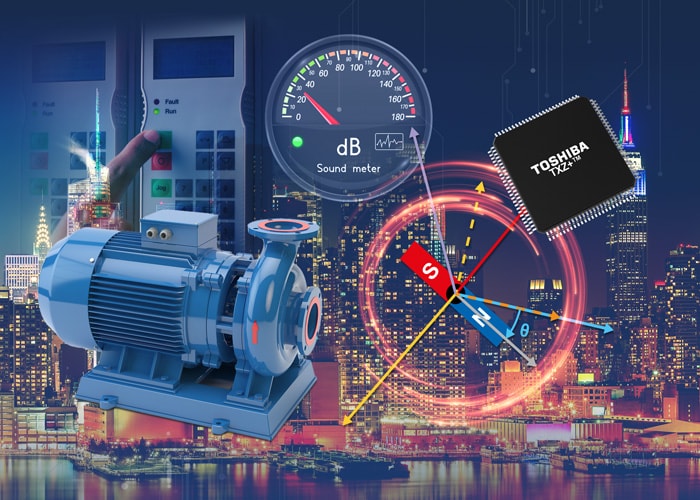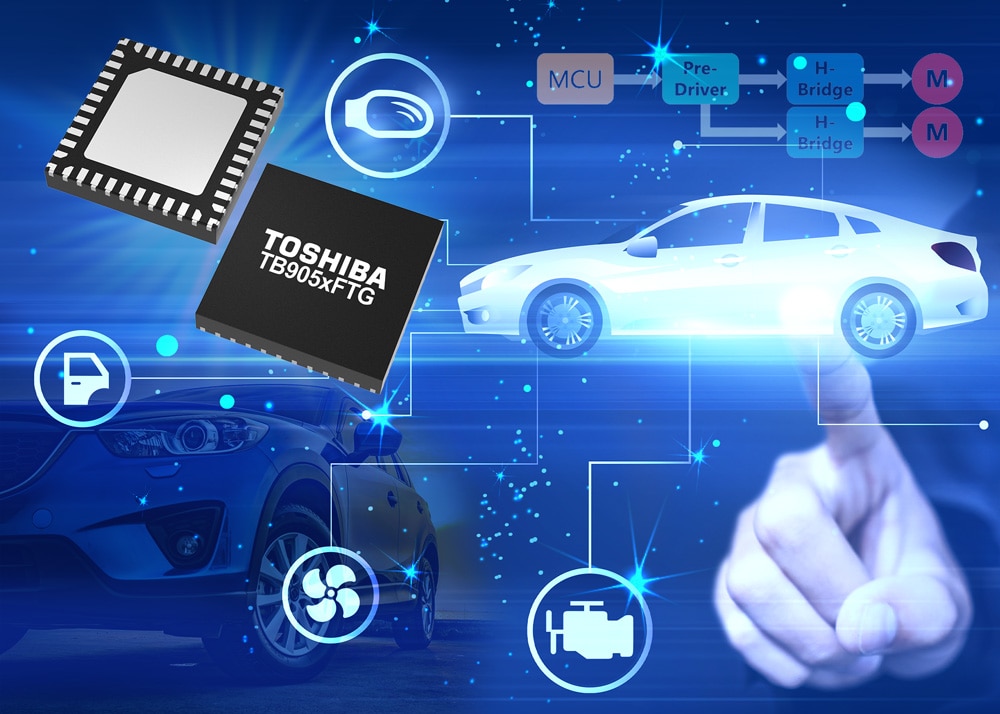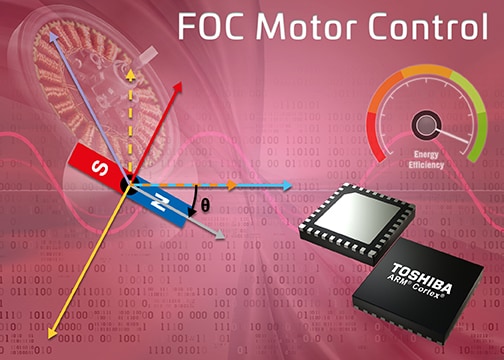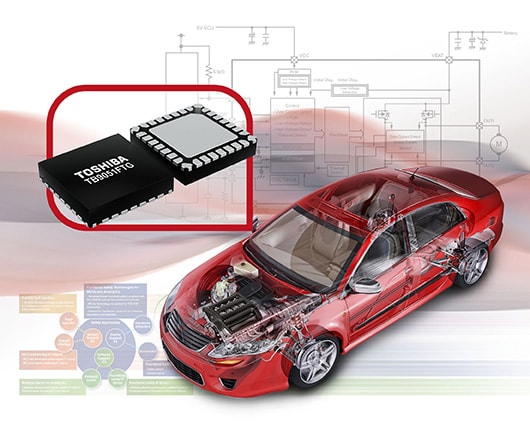- General Top
- SEMICONDUCTOR
- STORAGE
- COMPANY
-
My ToshibaSemicon
- Semiconductor Top
-
ApplicationsAutomotive
Body Electronics
xEV
In-Vehicle Infotainment
Advanced Driver-Assistance Systems (ADAS)
Chassis
IndustrialInfrastructure
BEMS/HEMS
Factory Automation
Commercial Equipment
Consumer/PersonalIoT Equipment
Healthcare
Wearable Device
Mobile
Computer Peripherals
-
ProductsAutomotive Devices
Discrete Semiconductor
Diodes
Transistors
Logic ICs
Analog Devices
Digital Devices
Wireless Devices
※
: Products list (parametric search)
Power SemiconductorsSiC Power Devices
※
: Products list (parametric search)
Isolators/Solid State RelaysPhotocouplers
Digital Isolators
Solid State Relays
Fiber Optic Transmitting Modules
※
: Products list (parametric search)
MOSFETsIGBTs/IEGTsBipolar Transistors※
: Products list (parametric search)
Diodes※
: Products list (parametric search)
MicrocontrollersMotor Driver ICsIntelligent Power ICs※
: Products list (parametric search)
Power Management ICsLinear ICs※
: Products list (parametric search)
General Purpose Logic ICsLinear Image SensorsOther Product ICsOther Product ICs
※
: Products list (parametric search)
-
Design & Development
Design & Development
Innovation Centre
At the Toshiba Innovation Centre we constantly strive to inspire you with our technologies and solutions. Discover how to place us at the heart of your innovations.
-
Knowledge
Knowledge
Highlighted Topics
Further Materials
Other
- Where To Buy
- Part Number & Keyword Search
- Cross Reference Search
- Parametric Search
- Stock Check & Purchase
This webpage doesn't work with Internet Explorer. Please use the latest version of Google Chrome, Microsoft Edge, Mozilla Firefox or Safari.
require 3 characters or more. Search for multiple part numbers fromhere.
The information presented in this cross reference is based on TOSHIBA's selection criteria and should be treated as a suggestion only. Please carefully review the latest versions of all relevant information on the TOSHIBA products, including without limitation data sheets and validate all operating parameters of the TOSHIBA products to ensure that the suggested TOSHIBA products are truly compatible with your design and application.Please note that this cross reference is based on TOSHIBA's estimate of compatibility with other manufacturers' products, based on other manufacturers' published data, at the time the data was collected.TOSHIBA is not responsible for any incorrect or incomplete information. Information is subject to change at any time without notice.
require 3 characters or more.
In search of a quieter life - combatting noise and vibration via innovations in motor control
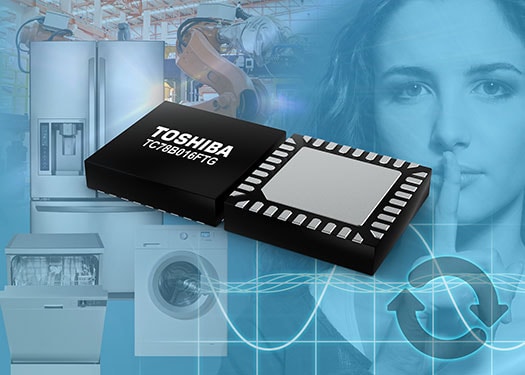
To meet the pressing need for elevated levels of energy efficiency, the conventional direct current (DC) motors incorporated into electric fans, domestic appliances, air conditioning systems, office equipment and such like, have over time been replaced by more sophisticated three-phase brushless DC (BLDC) motors. This has enabled compliance with the stringent international environmental guidelines that have now emerged, as well as helping to reduce the size of utility bills. In addition to minimising the degree of power dissipation witnessed, these applications mandate that the motors utilised are able to keep both acoustic noise and vibrations to a minimum. The need to accomplish this has prompted a migration from away from square wave motion control and resulted in greater implementation of sine wave control. To maximise motor performance, sine wave control requires phase adjustment between motor voltage and motor current. However, this has meant that realising high efficiency over a wide range of rotational speeds often proves to be a long drawn out and complex process.
Fixed lead angle BLDC motor control arrangements have been supplanted by ones which automatically control of the lead angle. Nevertheless these arrangements still have their drawbacks in terms of the lead angle needing to be set for each specific motor based on a variety of different factors. The emergence of more advanced lead angle control technology is showing its effectiveness at delivering energy efficient motor operation (with 20% power savings compared to alternative solutions), plus low vibration and low noise, across the full breadth of rotational speeds (rather than having to focus on optimisation at either low speed or high speed).
Toshiba has published a detailed white paper on next generation BLDC motor control. To download click here:


